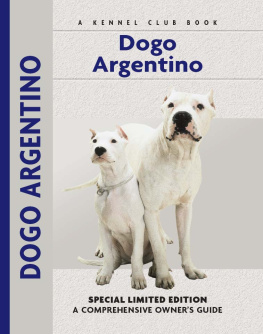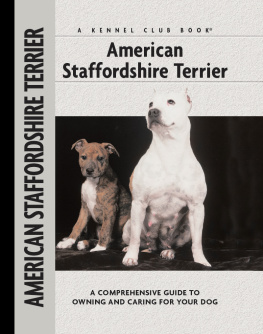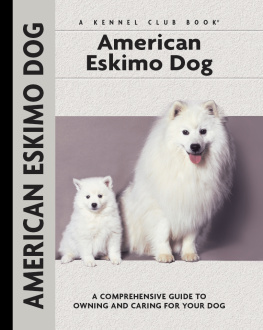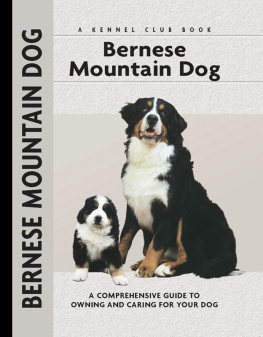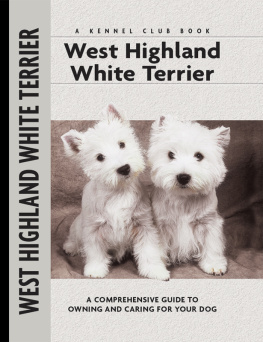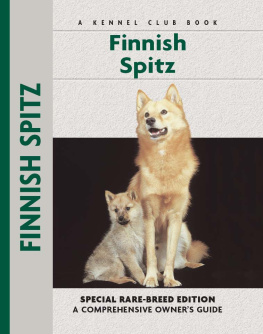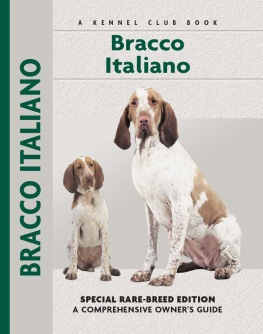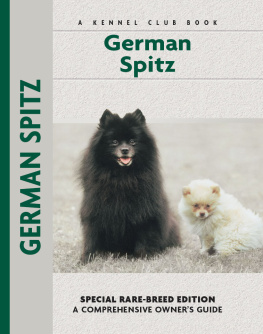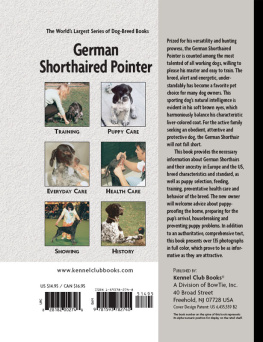Physical Characteristics of the Dogo Argentino
(from the official breed standard)
Head: The head of El Dogo Argentino is one of the most typical attributes of the breed. In longitudinal section it must have a concave-convex profile. The wide, massive cranium is longitudinally and transversely convex, due to relief created by the insertion of masticatory muscles characteristic of prey dogs.
Ears: On top of the head, either erect or semi-erect, of triangular shape and must always be cropped in proportion to head size.
Eyes: Medium size, well separated between themselves and deeply set; dark or hazelnut color, rimmed by black or flesh-colored eyelids.

Nose: Strongly pigmented in black with a slight stop at the tip and ample nostrils.
Neck: Stout, arched and graceful, of moderate length, proportioned to body and head size. Should present loose skin under the throat which wrinkles.
Muzzle: Broad, deepslightly concave upwards, proper of dogs with great olfactory sense, capable of scenting high.
Mouth: Lips are closely fitting, taut, with free edges pigmented in black.
Chest: Ample and deep, giving impression of big lungs.
Forequarters: Forelegs are straight, thick and vertical; set wide apart. Shoulders tight, muscular and powerful. Elbows parallel to the body.
Body: Topline is highest on withers, smoothly sloping to the croup. Croup is muscular, round, broad and gently sloping. Underline well muscled, with only a slight to moderate tuck-up of the abdomen.
Hindquarters: Broad, with very muscular thighs and short rear pasterns. Normally angulated. Hind legs well apart and parallel.
Tail: Long and thick, tapers down to the hock joint and is set moderately high and smoothly into the croup. Carried curving smoothly upwards, naturally down at rest and always raised while struggling with ! prey, in continuous lateral movement, as when greeting master.
Color: Completely white.
Coat: Short and thick with a glossy sheen. Hair is stiff, coarse and of uniform length. A field-conditioned coat or working scars should never be faulted.
Feet: Round and compact with short, tight, close-together toes, proportioned to paw size.
Size: Height: From 23.6 to 25.6 in (60 to 65 cms), measured at the withers. Weight: From 88.2 to 99.2 lb (40 to 45 kgs).
Contents

Fearless and tenacious, the Dogo Argentino has come to the aid of many a farmer by warding off destructive wild boars that threatened their crops. Learn about the Dogos lineage and how breeders combined the best traits of different breeds to create a superdog.

Known first and foremost for his prowess as a hunter, the Dogo Argentino is now gaining popularity as a pet and companion. Discover the breeds complex personality and the requirements of owning a powerful yet affectionate Dogo. Physical characteristics and breed-specific health concerns are also discussed.

Learn the requirements of a well-bred Dogo Argentino by studying the description of the breed set forth in the official standard. Both show dogs and pets must possess key characteristics as outlined in the breed standard.

Be advised about choosing a reputable breeder and selecting a healthy, typical puppy. Understand the responsibilities of ownership, including home preparation, acclimatization, the vet and prevention of common puppy problems.
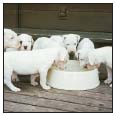
Enter into a sensible discussion of dietary and feeding considerations, exercise, grooming, traveling and identification of your dog. This chapter discusses Dogo Argentino care for all stages of development.

By Charlotte Schwartz
Be informed about the importance of training your Dogo Argentino from the basics of housebreaking and understanding the development of a young dog to executing obedience commands (sit, stay, down, etc.).

Discover how to select a qualified vet and care for your dog at all stages of life. Topics include vaccinations, skin problems, dealing with external and internal parasites and common medical and behavioral conditions.

Consider the care of your senior Dogo Argentino, including the proper diet for a senior. Recognize the signs of an aging dog, both behavioral and medical; implement a special-care program with your vet and become comfortable with making the final decisions and arrangements for your senior Dogo Argentino.
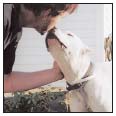
Learn to recognize and handle behavioral problems that may arise with your Dogo Argentino. Topics discussed include separation anxiety, aggression, barking, chewing, digging, begging, jumping up, and more.
K ENNEL C LUB B OOKS D OGO A RGENTINO
ISBN 13: 978-1-59378-226-9
eISBN 13: 978-1-62187-067-8
Copyright 2003 Kennel Club Books A Division of I-5 Publishing, LLC
3 Burroughs, Irvine, CA 92618 USA
Cover Design Patented: US 6,435,559 B2 Printed in South Korea
All rights reserved. No part of this book may be reproduced in any form, by photostat, scanner, microfilm, xerography or any other means, or incorporated into any information retrieval system, electronic or mechanical, without the written permission of the copyright owner.
Photographs by:
Norvia Behling, T. J. Calhoun, David Dalton, Wil de Veer, Doskocil, Isabelle Franais, Joseph Janish, Bill Jonas, Linda Kardonis, Mikki Pet Products, Phil Owen, Nathalie Pawlak, Alice Roche and Alice van Kempen.
The publisher wishes to thank the owners of the dogs featured in this book, including Cheri Carbone, Sandrine Cominotti, Frederique Francois, Laura and Carl Hewitt, Jajome Kennels (D. & J. Carty), Joseph Janish, Linda & John Kardonis, Irene & Clint Knapp, Christian Loviconi, Brent & Misty Moore, Phil Owen, J. van Rijthoven, Tracy Sklenar and Danielle & Brian Szczypinski.
Illustrations by Rene Low.

Reputedly painted in 1635 by Hondius, this painting depicts an ancient mastiff-type dog that bears a similar appearance to the Dogo Argentino. This mastiff was being used to hunt large game such as the wild boar.
Next page
